Rural electrification?
12
12
|
Telegraph poles were 18 feet tall (electric poles were higher) and placed 100 feet apart on a tangent. The distanced of 100 feet gave brakemen a reference of distance to determine protecting a train for flagging or location of fuses. I do not know the distance on curves. The sources I reference are the Library of Congress and Milwaukee Road plans and were common at the beginning of the 20th century. Do telegraph poles appear on Sanborn insurance information?
Lee Gustafson |
|
Thanks for that, Lee. I was wondering about the spacing as well.
|
|
In reply to this post by Lee Gustafson
What about distance from the track center line to the pole.Poles from the DSP&P era seem a little taller than 18',guesstimating from size and length of nearby features.
|
|
Just to help with your gestimate, as not all Poles were created equal...
With a handy Locomotive 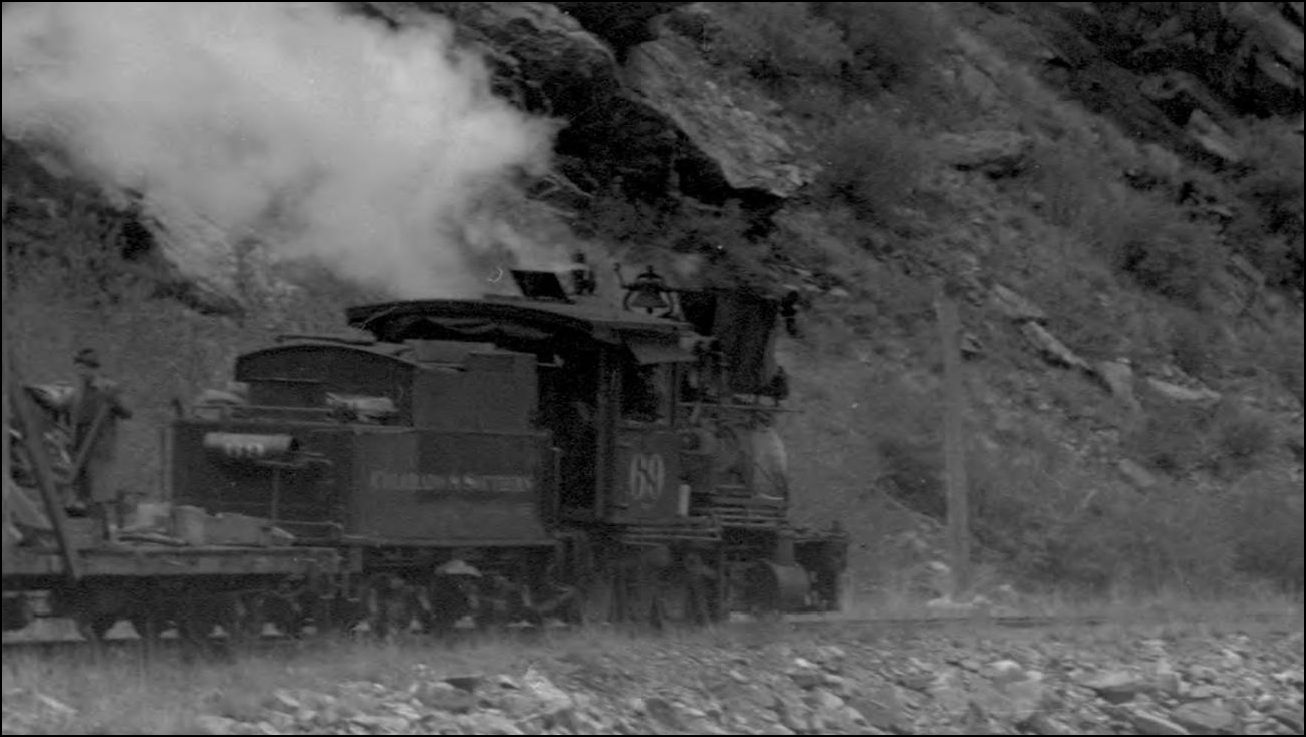 http://digital.denverlibrary.org/cdm/fullbrowser/collection/p15330coll22/id/42590/rv/singleitem/rec/60 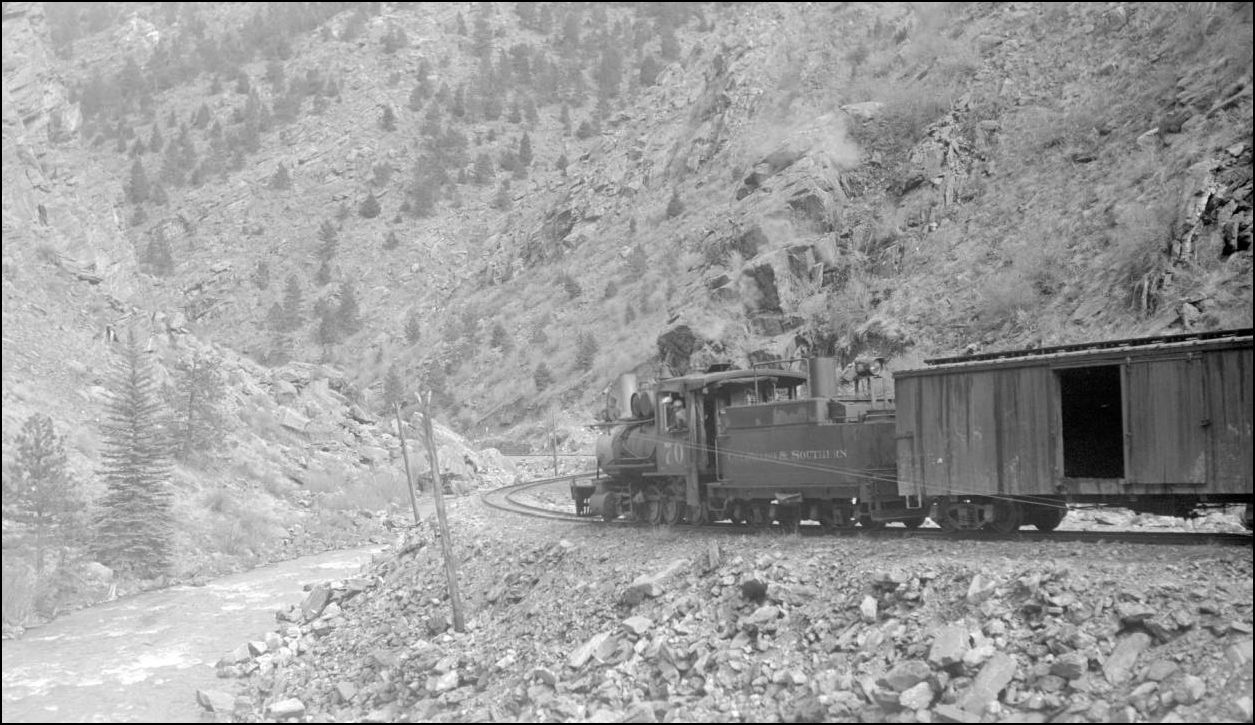 http://digital.denverlibrary.org/cdm/fullbrowser/collection/p15330coll22/id/42835/rv/singleitem/rec/115 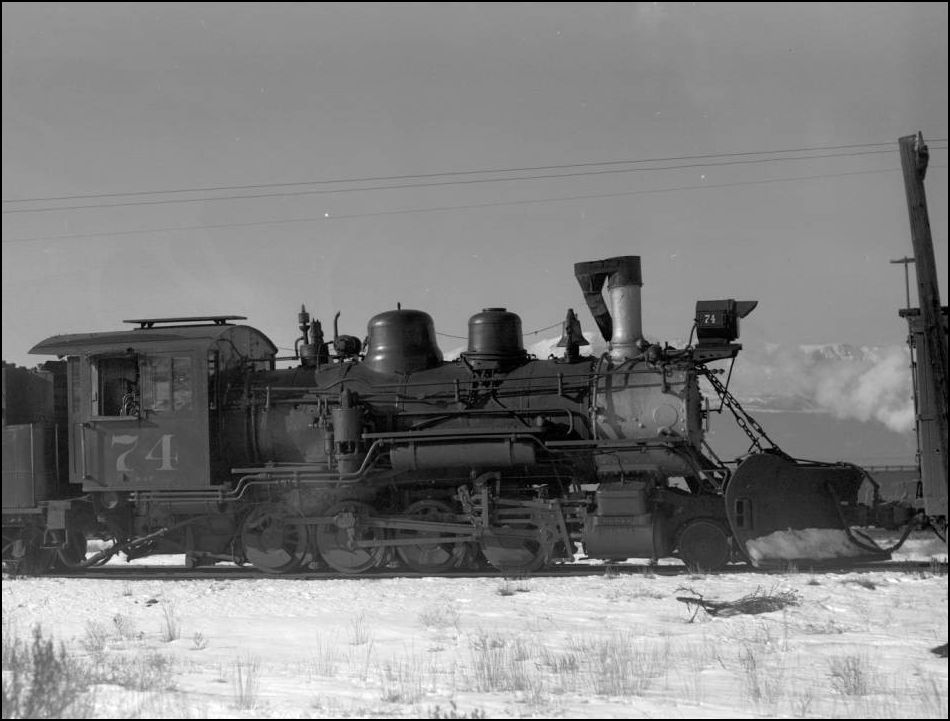 http://digital.denverlibrary.org/cdm/fullbrowser/collection/p15330coll22/id/42411/rv/singleitem/rec/150 With a handy Tie....  http://digital.denverlibrary.org/cdm/fullbrowser/collection/p15330coll22/id/44156/rv/singleitem/rec/273 and an Auto..... 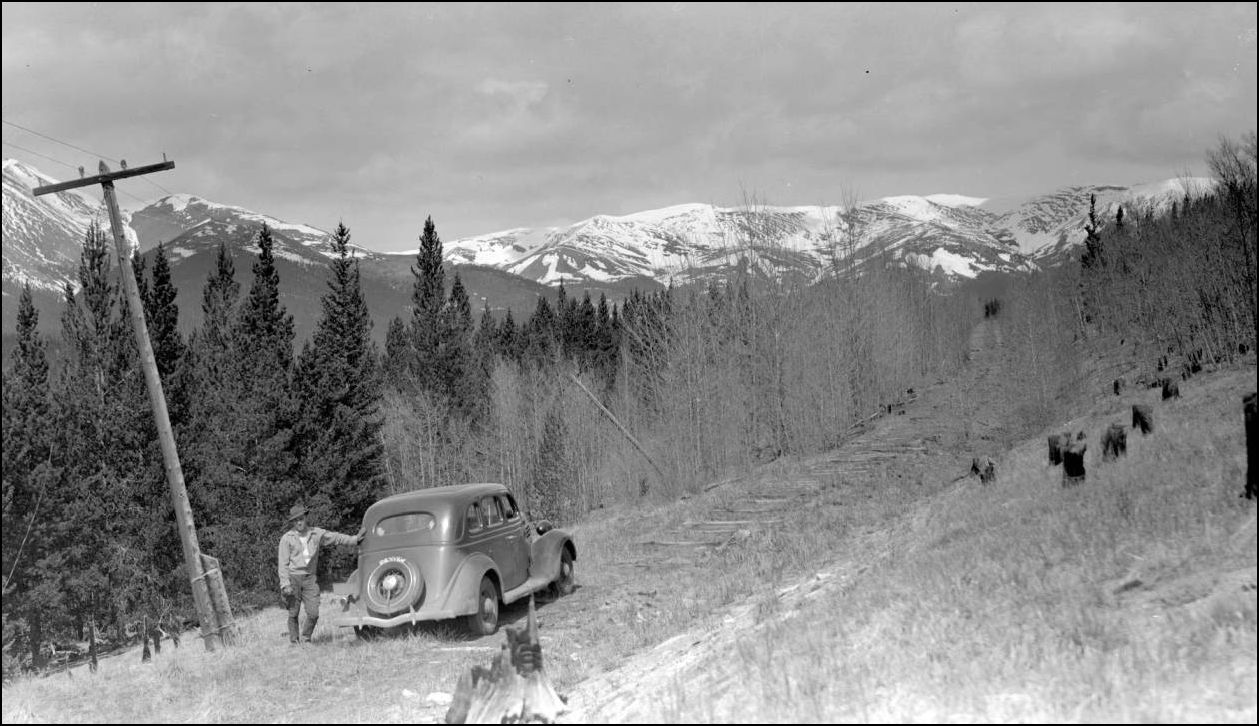 http://digital.denverlibrary.org/cdm/fullbrowser/collection/p15330coll22/id/44111/rv/singleitem/rec/45 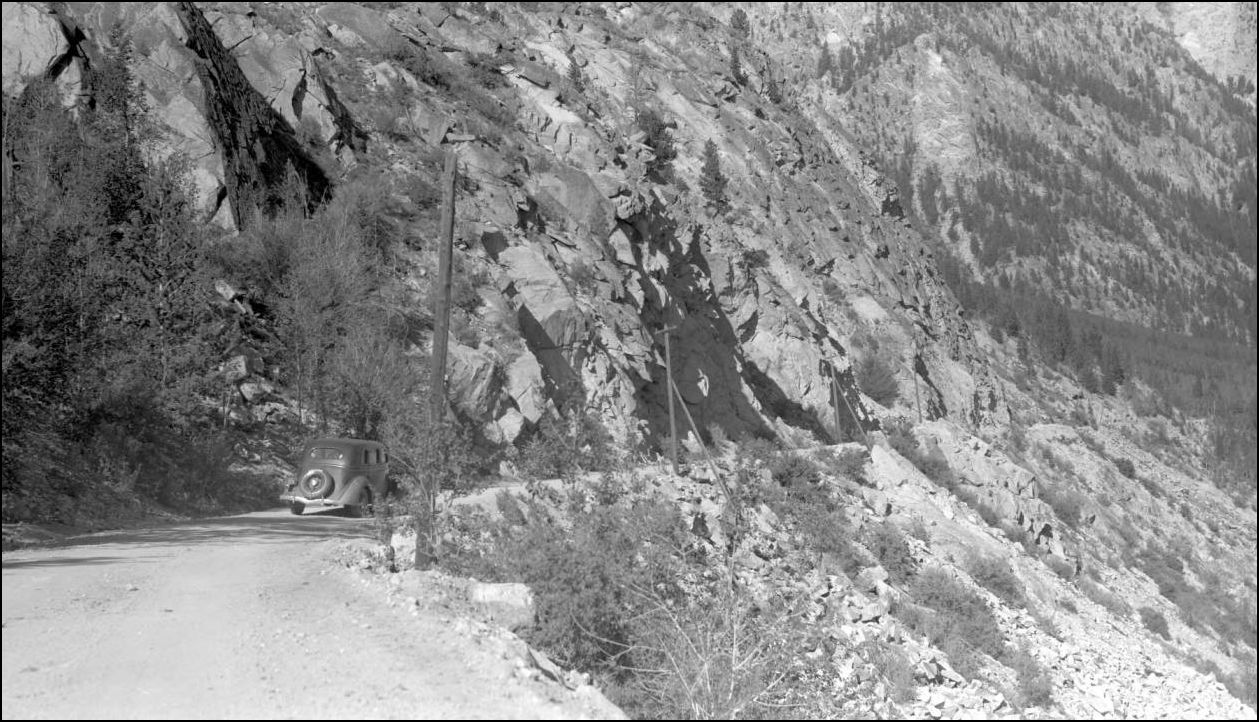 http://digital.denverlibrary.org/cdm/fullbrowser/collection/p15330coll22/id/44070/rv/singleitem/rec/26 and of course, an evocative final view, just because this is what attracted me to the Park in the first place. 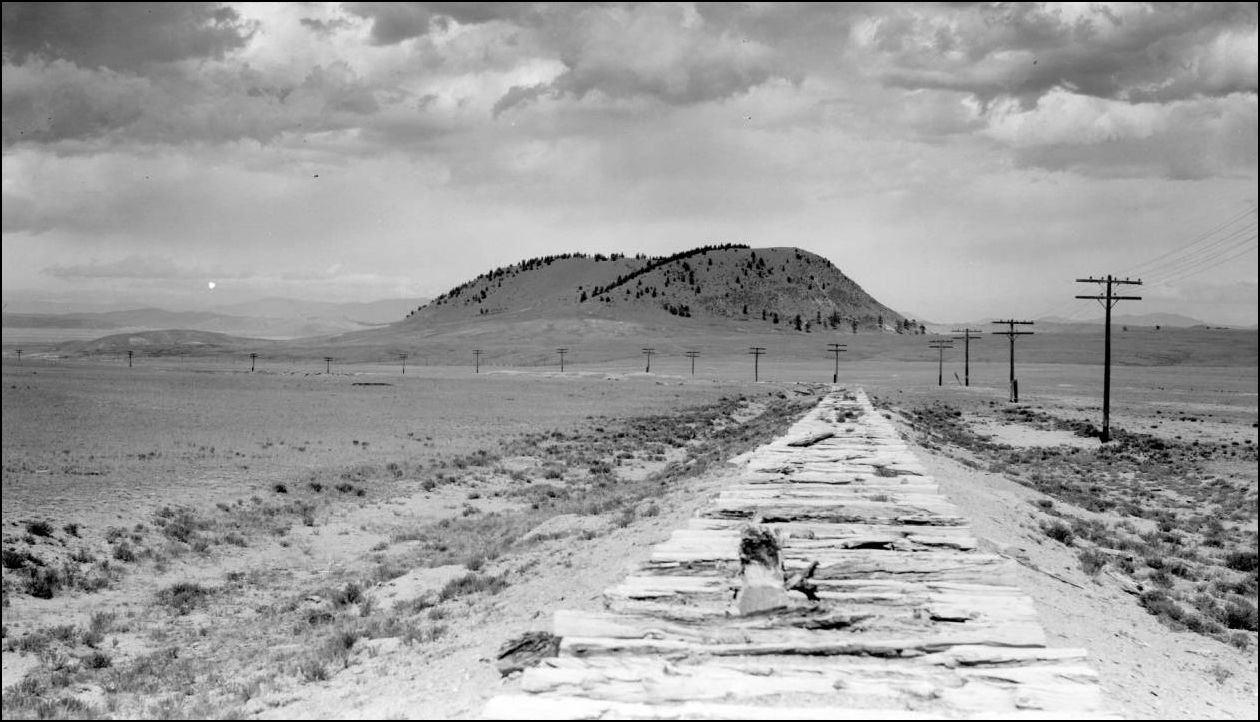 http://digital.denverlibrary.org/cdm/fullbrowser/collection/p15330coll22/id/44058/rv/singleitem/rec/19
UpSideDownC
in New Zealand |
|
The scene in the last photo near the Salt Works is my favorite area of the line ....Red Hill,Garos,Weston,Platte River,Bath/Hilltop and Newitt/Divide.It would be neat if there were some undiscovered photos of this area just waiting to be discovered.The one with E.J. Haley on the pole is a repeat performance of a Clinton Scott photo of Charlie Squires .You can find photos of Charlie in Bogies and Loop april2013 p13-15.
|
|
Gents,
The DSP&P did not build to any hard span standards, at best trying to keep to a general span length, depending on geography of the area. The South Park lines underwent several rebuilds, one in 1884, when the high line added two wires from Denver-to-Como, and a total reconstruction in 1919 by Western Union. This is when WU shortcut their Salt Lake wires to Buena Vista (and on to SLC via the D&RG) instead of going all the way to Pueblo and up the Arkansas. This is when you see the trunk line from Denver to Buena Vista go from four wires to double arms and however many wires they operated at different times until the line/s were abandoned. All of the old SP lines remained in service after the rails were gone. Not sure if they remained under WU control, or were sold to private parties. The WU main from Denver-to-BV remained the WU trunk long after the RR was gone, as can be seen in the photo above. As might be obvious, the South Park ran through a lot of rough terrain and wire spans varied greatly to get across chasms and around rock outcroppings and other obstructions. Often, the "poles" were short lengths of boiler tube or other steel, drilled into the rock, and sidepins or crossarms attached.
"Duty above all else except Honor"
|
|
This post was updated on .
Great info there.
I think I'm making solid progress. For 1928 (which I model), it think it looks as follows: JeffersonA double crossbar telegraph going past Jefferson with 9 wires. No electricity. In 1937 we see a 9-wire telegraph and no electric service on the gable end of the depot (where it appears in the 60's): 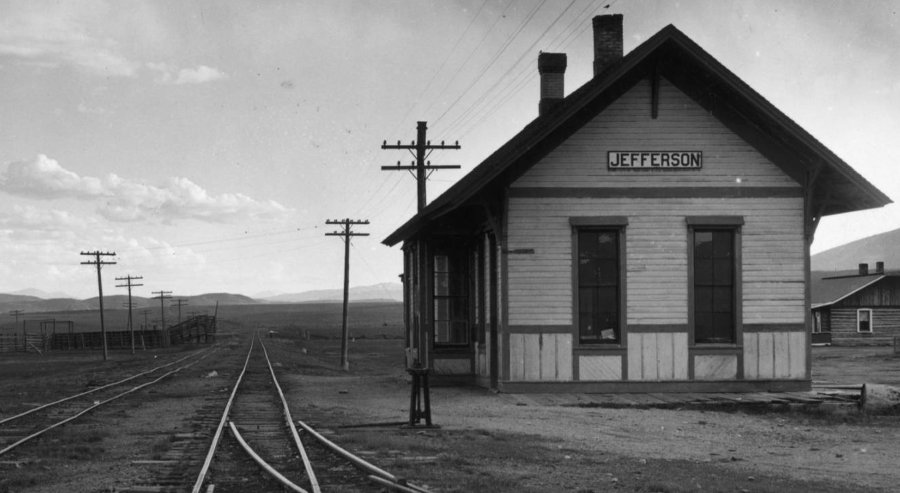 http://cdm16079.contentdm.oclc.org/cdm/singleitem/collection/p15330coll22/id/10006/rec/3 Closer to our date, this 1926 picture appears to show the same telegraph wires: 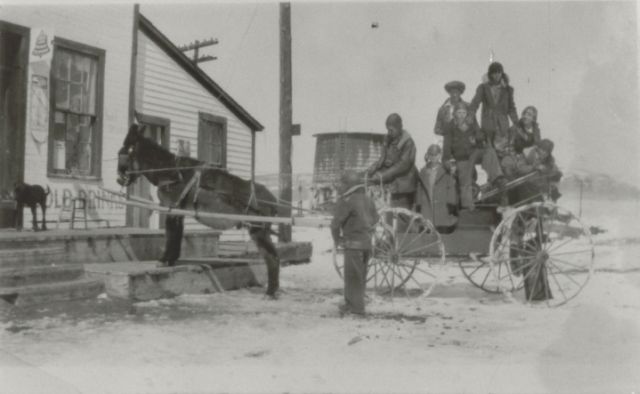 Park County Archives (2 of the wires are C&S; the other 7 are WU.) KokomoThe Georgetown/Argentine/Leadville high-tension line going past Kokomo on wooden towers, with a spur into town. A single crossbar telegraph with 2 wires. This 1924 image shows one of the high-tension towers, and what appears to be a spur coming down into town: 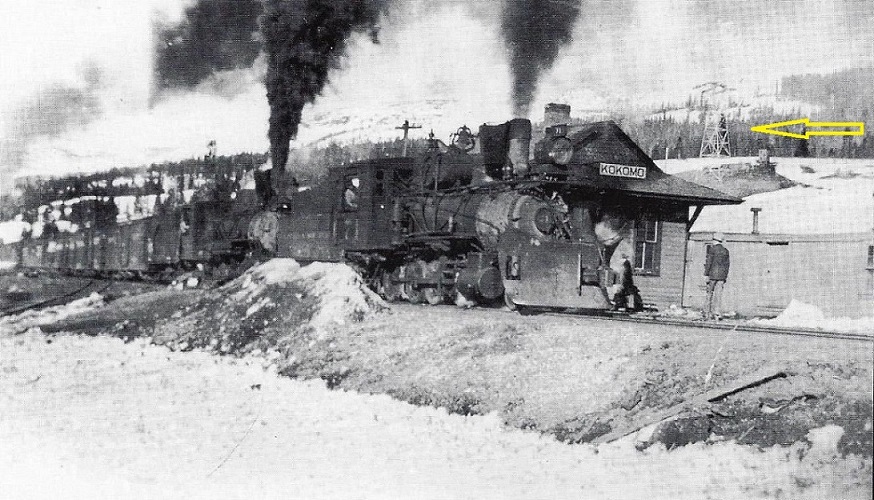 From the Klingers' Highline Memories and Then some . . . A somewhat later picture but with a clearer view of the electric spur: 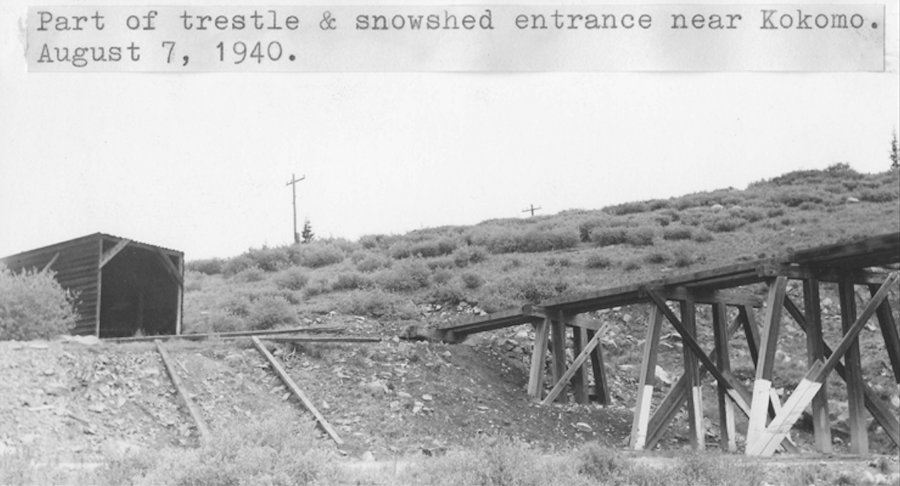 Richard Kindig photo from the Carol Weis collection The telegraph line (1935): 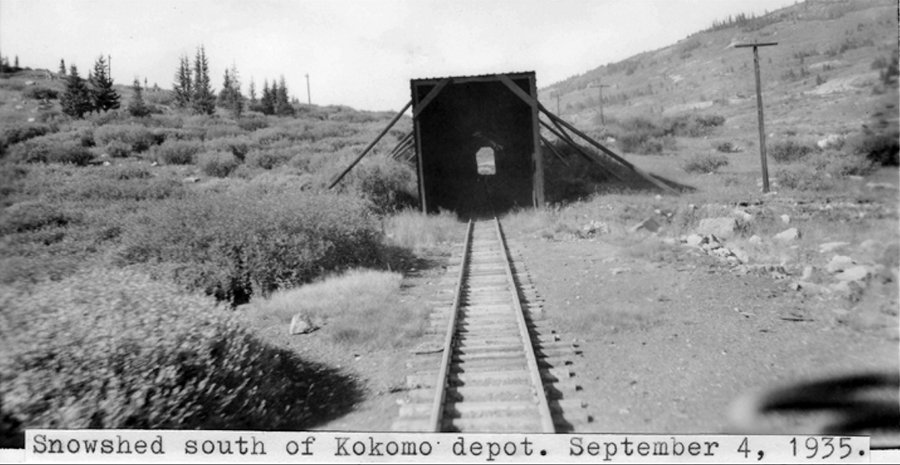 Frisco Historical Society A bit later (1946), and on Boreas Pass, but the same line on its way from Como to Leadville: 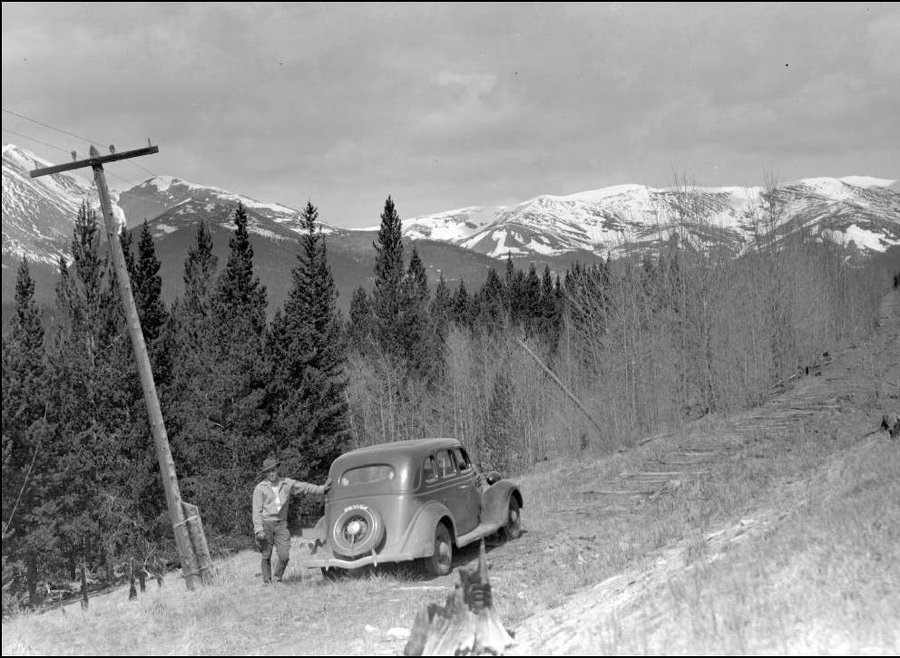 http://digital.denverlibrary.org/cdm/singleitem/collection/p15330coll22/id/44111/rec/45 Marshall Pass and SargentA 6-wire, single crossbar telegraph.Lightning rods on nearly everything at Marshall Pass (even the privy). No electricity. 1926: 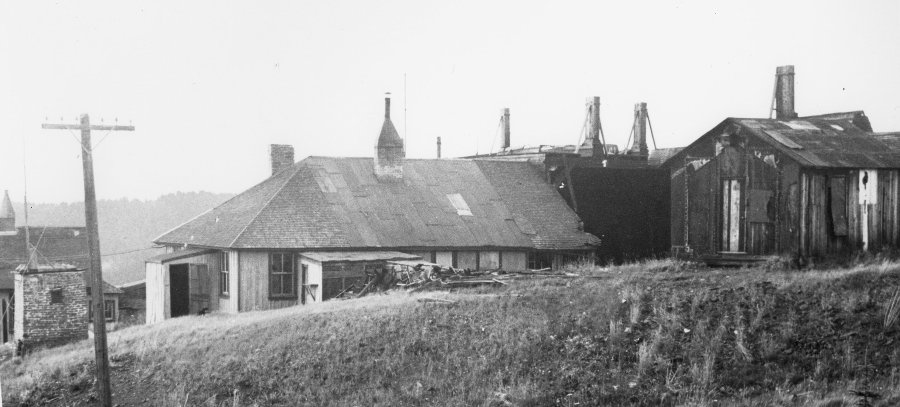 John Krause photo. 1948: 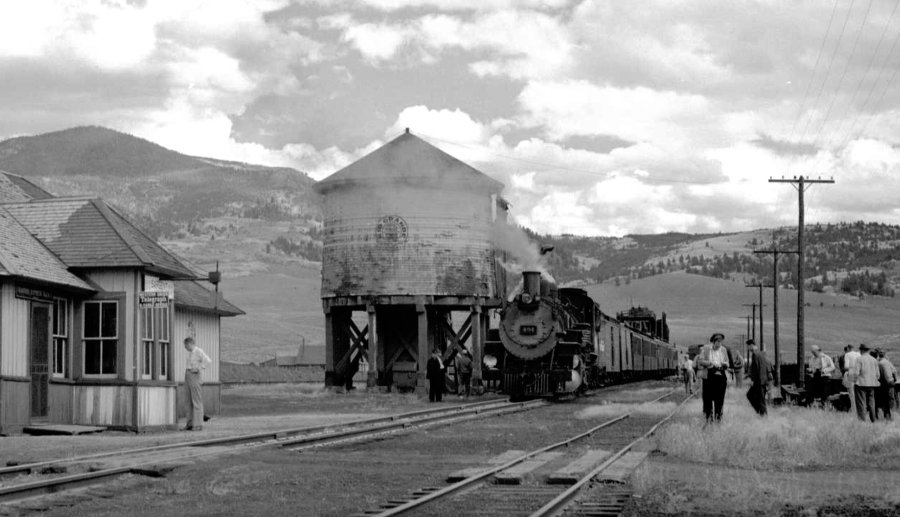 http://cdm16079.contentdm.oclc.org/cdm/singleitem/collection/p15330coll22/id/81560/rec/8 (2 of the wires are D&RGW; the other 4 are WU.) Cheers, Jeff. |
|
The South Park maintained one wire to Gunnison and two to Leadville via Boreas/Fremont passes. This remained to the end and beyond, as it seems both lines were kept in service either by WU or were sold to locals. The new 1919 trunk line from Denver to Buena Vista is the 9-wire, two crossarm construction you show by the Jefferson depot. This would go to 7 wires past Como, dropping two wires to Leadville via the high line. Not sure what they did to service Fairplay. But as I mentioned previously, the 1919 rebuild was bigger than just a rebuild. It was the rerouting of WU's through-wires to SLC from the Rio Grande via Pueblo, cutting 100 miles off that run. Hence, the simple four wire South Park mainline jumped to nine wires, the new ones being WU through wires. Ed Trump, a frequenter on the NGDF was a telegraph maintenance guy and can tell you all about what wires were what, how routed, etc. on the Rio Grande and a little about the others.
"Duty above all else except Honor"
|
Excellent; just what I needed. As it turns out, I was talking to Ed on my "Marshall Pass fire" thread over on the NGDF. The wires going through Marshall Pass and Sargent were: Cheers, Jeff. |
|
I finally put 2 and 2 together and realized that a couple of the pictures Chris posted earlier (with Ed Haley on a pole and standing next to a car) show the 2-wire line over Boreas (on its way to Kokomo and Leadville).
Cheers, Jeff. |
|
I feel for anyone trying to model telegraph lines in Leadville:
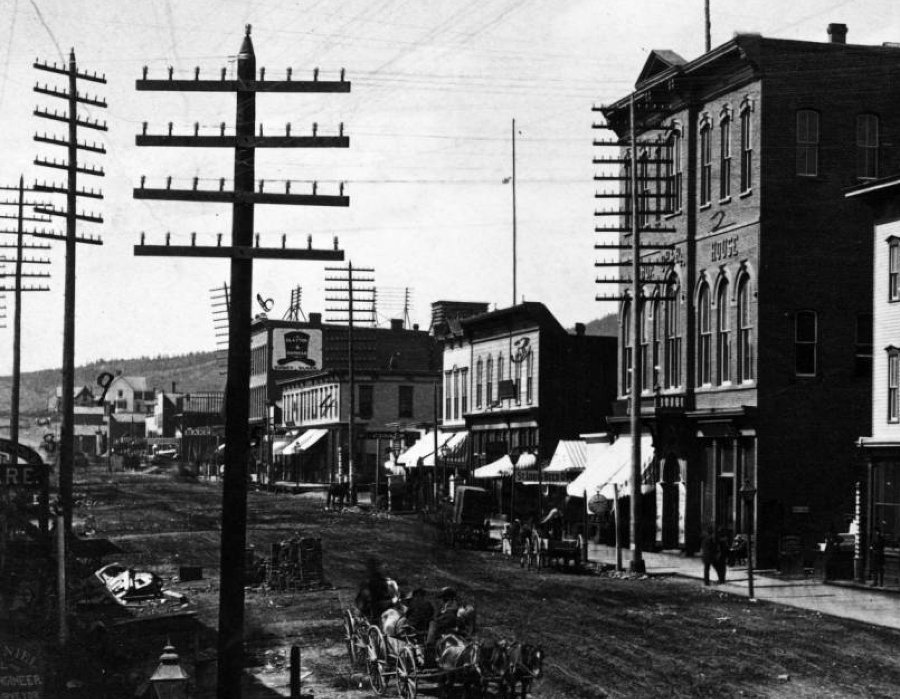 http://cdm16079.contentdm.oclc.org/cdm/singleitem/collection/p15330coll22/id/2413/rec/21 |
|
Come on over and give it your best shot, Jeff.
Darel will advise against getting too carried away, as it will interfere with operations. The sole exception may be from the power pole north of the depot to the north dormer.
Keith Hayes
Leadville in Sn3 |
|
Those are not telegraph. They are telephone. The small insulators ... CD's 102, 124.0-.1.2.3, 120, 106, etc. were standard phone. Telegraph used heavier glass. The South Park built the entire length from Denver-to-Gunnison using Hemingray 133.4's from stocks bought while John Evans still controlled the company. Later maintenance and updates introduced other styles, mostly of Hemingray mfr..
Leadville was a HUGE draw in 1878-80 and had one of the largest early telephone systems outside of NY and San Francisco. The line to Denver went over Mosquito Pass, with poles spaced every 40 feet to brace against the winter weather.  CD 133.4 number 4 "bullet" style insulator used on the original mainline construction from Denver to Gunnison. Most were aqua, icy light green, or off-clear in color. The piece shown below was found in the rocks between Alpine and Woodstock. 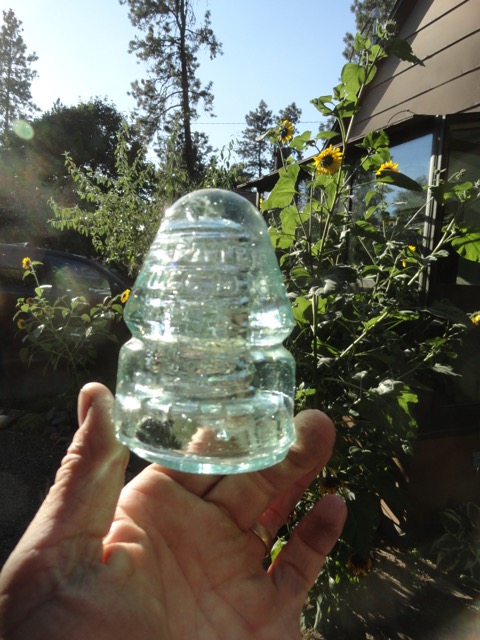
"Duty above all else except Honor"
|
|
Note in the Leadville street scene above, the poles going down the far side of the street and making a hard right turn onto the "sawhorse" poles on the rooftop and heading toward the "chicken coop" looking structure. We are looking at the back of the Leadville main telephone exchange/office and all those wire went into those dark horizontal slots and into the building to the switchboards.
"Duty above all else except Honor"
|
«
Return to C&Sng Discussion Forum
|
1 view|%1 views
| Free forum by Nabble | Edit this page |

